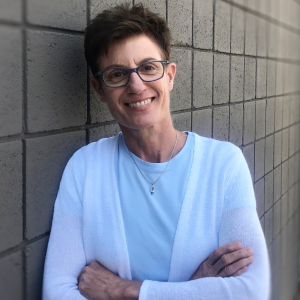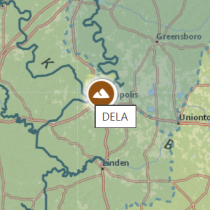Sharon Collinge to Lead the National Ecological Observatory Network (NEON) Project
February 7, 2018
Battelle is pleased to welcome Sharon Collinge as the new NEON Observatory Director and Chief Scientist. Sharon will shape and oversee operations of the project and serve as the principal investigator for activities conducted under the NSF Cooperative Agreement with Battelle for operation through 2020.
Leading the NEON project through the transition from the final stages of construction and initial operations to full operations in 2019, Sharon will ensure that the project fulfills its science and educational missions and maintains scientific integrity in all ecological data collection, analysis and dissemination efforts. Reporting directly to Mike Kuhlman, Battelle’s Chief Scientist, Sharon will engage with the ecological science community to promote collaboration opportunities and develop NEON data products that support the needs of working scientists. “Sharon’s extensive educational and leadership background combined with her strong background in the ecological research community represent a great asset for the Observatory,” says Mike Kuhlman.
She holds a B.A. from Kansas State University in Biology, a M.S. from the University of Nebraska-Lincoln in Biology, and a Ph.D. from Harvard University in Landscape Ecology. She has extensive and diverse ecological experience spanning three decades of research and leadership. Much of her own research has focused on the impacts of habitat loss, fragmentation and restoration on native species, communities and ecosystems—work very much in line with the NEON project’s mission. For the past 25 years, she has served as lead investigator for projects for the National Science Foundation (NSF), Environmental Protection Agency (EPA), U.S. Fish and Wildlife Service and Air Force Center for Environmental Excellence. She was involved in the early design stages of the NEON project in 2004 and 2005 as the co-chair of the Infectious Diseases subcommittee. Since 2010, Sharon has been a professor for the Department of Ecology and Evolutionary Biology and the Environmental Studies Program at the University of Colorado Boulder, where she also served as the Director for the Environmental Studies Program from 2012 through 2015.
“I am enthusiastic about the next steps ahead for the NEON project as the team transitions from the construction phase to operations and becomes fully engaged with the ecological community,” says Sharon.
Please join us in giving a warm welcome to Sharon as she assumes her new director and chief scientist responsibilities with the NEON project.
See the Battelle press release here.

